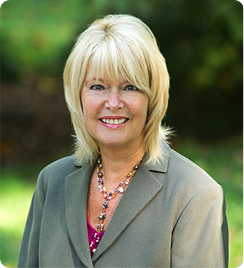
So you got the job. Congratulations! Now what? How do you prepare for the new environment and responsibilities? You may think that all the hard work is over once you accept a new job offer. You’re partially correct. You probably survived a difficult process of identifying opportunities, submitting applications, interviewing, and negotiating your benefits.
It’s time to appreciate your efforts and success and take a breath. Celebrate. But, there’s more work ahead to become ready for that first day and first six months.
Thinking about these changes before you begin a career transition is wise. You don’t have to wait until you secure a new position. You can plan while you are in a job search and even before. If you prepare now, you’ll have more space to acknowledge, relax, even vacation between transitions.
The reasons people change jobs vary tremendously. Knowing your reasons or what adjustment you seek is essential. There could be too much of something in your current job. Like too much micro management or bureaucracy, or too many administrative tasks. Or there could be too few growth opportunities or leadership roles or a chance to mentor others.
Creating an expanded career vision along with goals for your new position ensures getting more of what you want. Image how you want your ideal day/week to be. What skills do you want to use and develop? What role do you want to play in an organization? What do you want to produce, create, or improve? What mark do you want to leave? All of these answers are revealed on the job as you grow. But starting with a vision of what you value and seek allows you to be proactive and aware.
“Build your own dreams or someone will hire you to build theirs”
Farrah Gray
Lynda is starting a new job in two weeks. She will remain in the same field, but will gain more managerial responsibility and have program development duties. She’s excited and somewhat exhausted finishing out her old job and preparing for this one. She has an initial idea of the company’s mission and the role she will play, but figures she will learn more once she arrives.
Is Lynda as prepared as she can be? What is her game plan to hit the ground running? What actions does she need to take?
Often before we can look ahead and be ready for a career change, we must say goodbye to the past. Giving yourself time to grieve the relationships, roles, and parts of the old job you loved will prepare you for the future.
Since transition time between jobs is often scarce, it will benefit you to think about these things in advance. Immediately or as soon as you decide to make a career transition, you can start envisioning and letting go. It may sound premature, but trust me, you won’t have enough time to process during the weeks of wrapping things up and getting ready for the new.
One valuable guide for starting a new job is the book, “The First 90 Days, Proven Strategies for Getting Up to Speed Faster and Smarter” by Michael D. Watkins. Watkins outlines the steps and tools to help you get off to a successful start. A start that will ensure you will bring value to the organization. These tools can be sharpened as you make many transitions on your career path.
Workers aren’t staying 10-30 years with the same company as in the past. You will be moving around, which necessitates rapid adjustments. Imagine if you could begin each new chapter refreshed and focused on the fusion of your goals and those of the organization leading to a mutually beneficial outcome.
In next month’s blog we will examine some of Watkins’ guiding principles, such as building early relationships and alliances and planning timely wins or accomplishments to demonstrate your usefulness.
Prepare now for your next career transition:
Develop your career wish list
Constantly revise it
Create your professional growth plan
Identify environments where you thrive
Determine your unique purpose in working
Start your homework and see you for Part 2!















